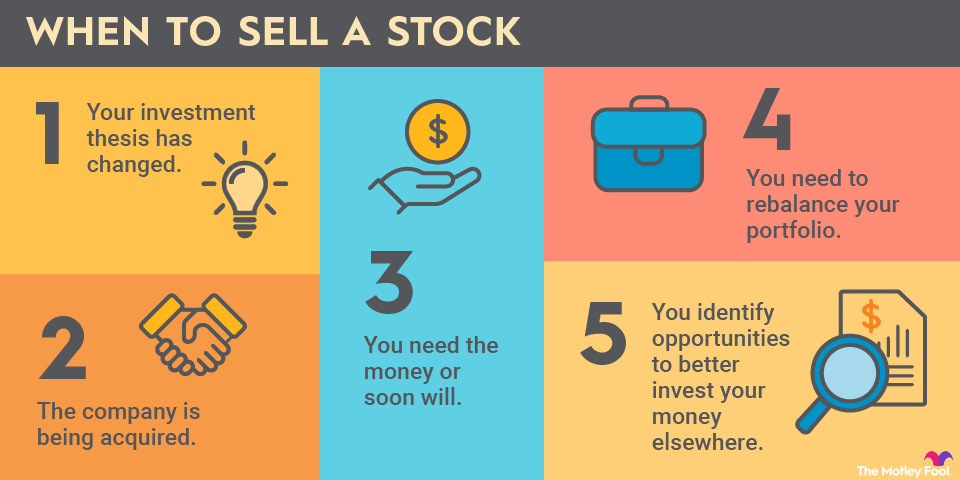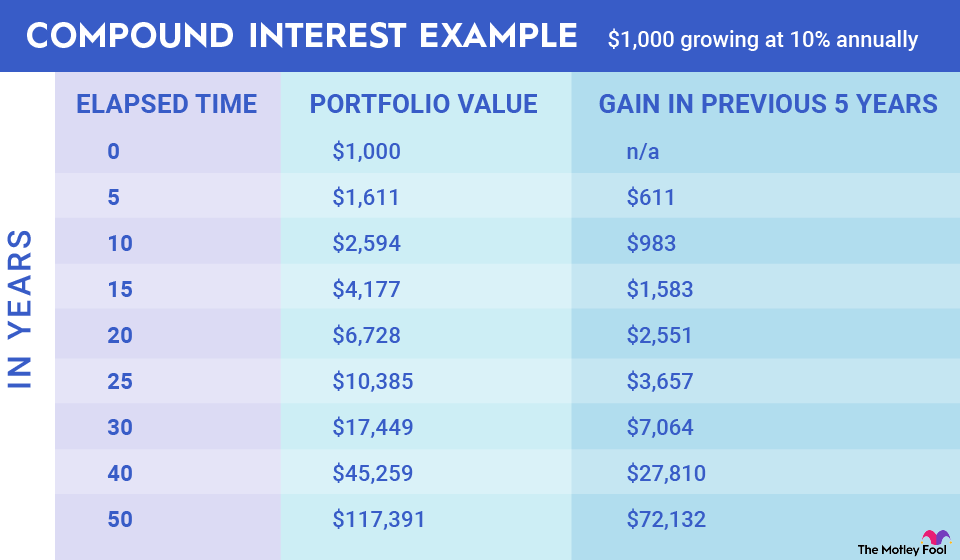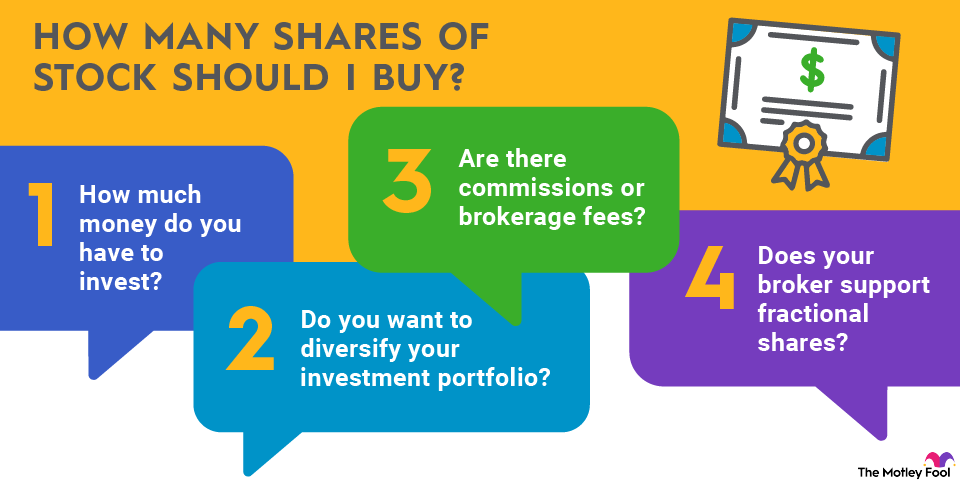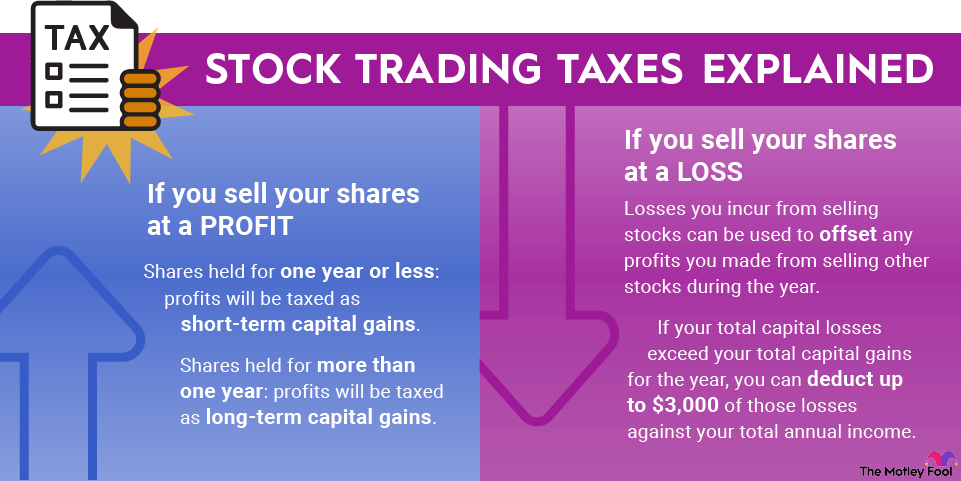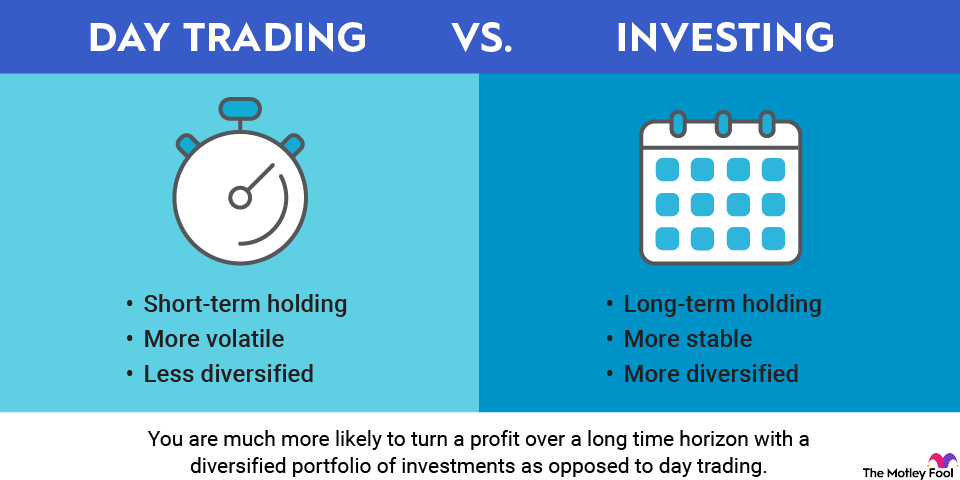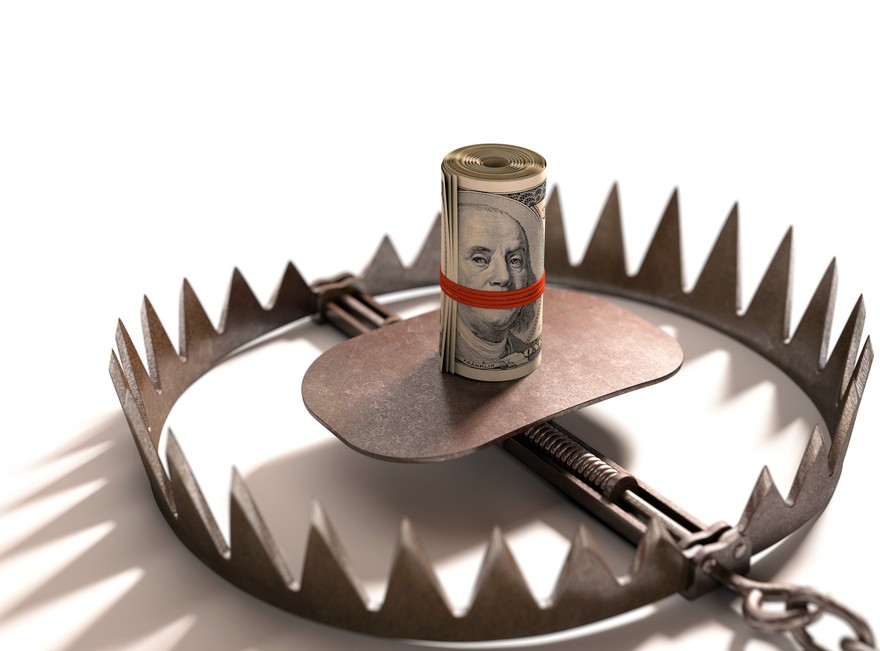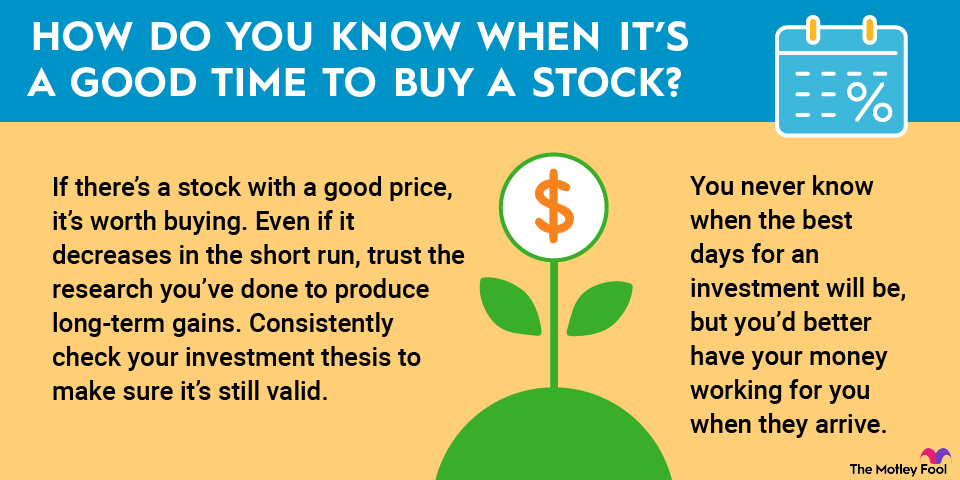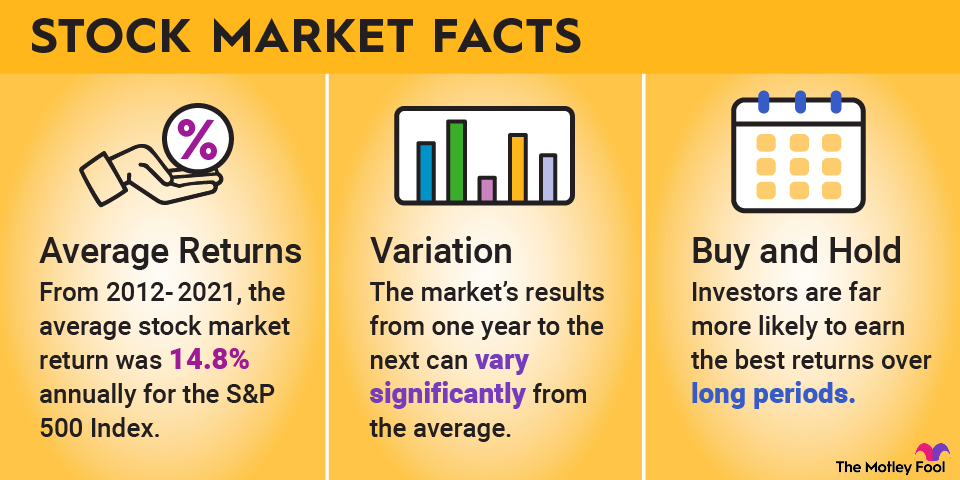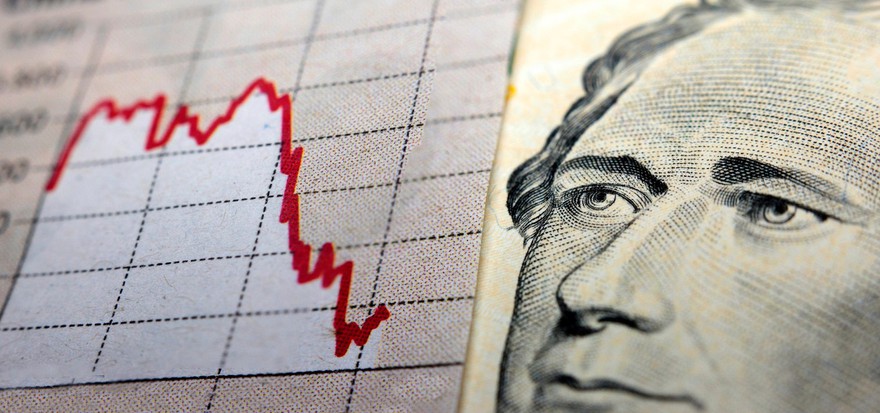Eli Lilly (LLY +3.44%) is a leading pharmaceutical company. It has developed several blockbuster products, including Trulicity (type 2 diabetes), Taltz (plaque psoriasis), and Jardiance (blood sugar). These and other drugs generate billions in sales and profits for the company each year.
The drug company recently added a couple more blockbuster drugs to its portfolio by launching Mounjaro (diabetes) and Zepbound (obesity). They're already generating billions of dollars in revenue for the company.

NYSE: LLY
Key Data Points
The sales potential of these new drugs and the company's other therapies has many investors interested in the stock. Here's everything you need to know about how to invest in Eli Lilly.
Stock
How to buy Eli Lilly stock
People interested in investing in Eli Lilly stock will need to take a few steps before becoming shareholders. This step-by-step guide will show you how to invest in stocks and add the pharmaceutical company to your portfolio.
- Open your brokerage app: Log in to your brokerage account where you handle your investments.
- Search for the stock: Enter the ticker or company name into the search bar to bring up the stock's trading page.
- Decide how many shares to buy: Consider your investment goals and how much of your portfolio you want to allocate to this stock.
- Select order type: Choose between a market order to buy at the current price or a limit order to specify the maximum price you're willing to pay.
- Submit your order: Confirm the details and submit your buy order.
- Review your purchase: Check your portfolio to ensure your order was filled as expected and adjust your investment strategy accordingly.
Should I invest in Eli Lilly?
You need to decide whether investing in Eli Lilly is right for you. Here are some factors that could lead you to buy the pharmaceutical stock:
- You believe Zepbound has better sales potential than rival Novo Nordisk's (NVO +0.41%) Wegovy.
- You take one or more medications made by Eli Lilly.
- Adding Eli Lilly to your portfolio would help make it more diversified.
- You understand the risks of investing in pharmaceutical stocks, including the fact that they can lose money.
- You want to invest in a company that pays a growing dividend.
- You believe Eli Lilly can grow into its high valuation.
On the other hand, here are some reasons you might decide Eli Lilly isn't the right stock for you to buy:
- You're wary of pharmaceutical companies and prefer a more natural approach to health and wellness.
- You're unsure whether weight-loss drugs like Zepbound will live up to the hype.
- You're in or nearing retirement and need more dividend income than Eli Lilly can supply.
- You're concerned about Eli Lilly's high valuation (it had a forward price-to-earnings (P/E) ratio of more than 30 times in early 2025).
- You already own several pharmaceutical stocks.
- You're concerned about how U.S. Health and Human Services Secretary Robert F. Kennedy Jr. might affect the pharmaceutical industry.
Is Eli Lilly profitable?
Digging into a company's profitability is essential because earnings tend to drive a stock's price over the long term. Given this dynamic, you'll want to see that the company is increasing its earnings or at least on the path toward profitability.
Eli Lilly is very profitable. The company reported $10.6 billion, or $11.71 per share, of net income in 2024 on $45 billion of revenue. Revenue was up 32% while earnings soared 102%.
The company expects to deliver another year of significant earnings growth in 2025. Its initial guidance has revenue growing to a range of $58 billion to $61 billion (32% growth at the midpoint), with earnings per share roughly doubling to between $22.05 and $23.55. New product sales are a big factor driving this view, including the continued growth of weight loss drug Zepbound and additional launches of Mounjaro outside of the U.S.
Does Eli Lilly pay a dividend?
Eli Lilly has a long history of paying dividends. It has increased its payout annually for over a decade. It has been growing its payout at an accelerated pace in recent years, delivering its seventh straight year of hiking its dividend by 15% in late 2024:

While the company pays a growing dividend, it offered a below-average dividend yield (0.8% in early 2025 compared to around 1.5% for the S&P 500).
ETFs with exposure to Eli Lilly
Many investors prefer a passive approach to actively managing a portfolio of stocks. Exchange-traded funds (ETFs) make this easy. They allow you to passively invest in similar companies, market indexes, or other themes.
Exchange-Traded Fund (ETF)
According to ETF.com, 442 ETFs held 113.8 million shares of Eli Lilly in early 2025. The Vanguard Total Stock Market ETF (VTI -0.20%) was the largest holder, with 27 million shares. However, the broad market ETF had a rather small allocation to the pharmaceutical giant, at 1.4% of its holdings.
Investors seeking greater exposure to Eli Lilly have several ETF options, including those focused on top healthcare stocks:
- iShares U.S. Pharmaceutical ETF (IHE +1.50%): The fund tracks an index focused on U.S. pharmaceutical stocks. It held shares of 37 companies in early 2025, including Eli Lilly (second-largest at 23% of its net assets). The fund had a 0.39% ETF expense ratio.
- Health Care Select Sector SPDR Fund (XLV +1.32%): The fund tracks the healthcare sector of the S&P 500. The ETF had 60 holdings in early 2025, led by Eli Lilly at 11.6%, with a very low expense ratio of 0.08%.
Will Eli Lilly stock split?
Eli Lilly didn't have an upcoming stock split as of early 2025. However, the pharmaceutical company has split its stock several times over the years. Here's a snapshot of Eli Lilly's stock split history:
Split Year | Split Ratio |
1997 | 2-for-1 |
1995 | 2-for-1 |
1989 | 2-for-1 |
1986 | 2-for-1 |
1971 | 2-for-1 |
The company's last split came in 1997. Shares have gained significant value since then, trading at more than $700 in early 2025. Its high share price makes the stock less accessible to many investors, so Eli Lilly is an excellent candidate to complete a stock split in the future.
Related investing topics
The bottom line on Eli Lilly
Eli Lilly has grown into one of the world's largest pharmaceutical companies thanks to the blockbuster success of its drug development efforts. The company expects its revenue and profitability to continue rising, driven by new products like Zepbound and Mounjaro. That profit growth could send its stock even higher in the future, potentially making it a very rewarding long-term investment.



